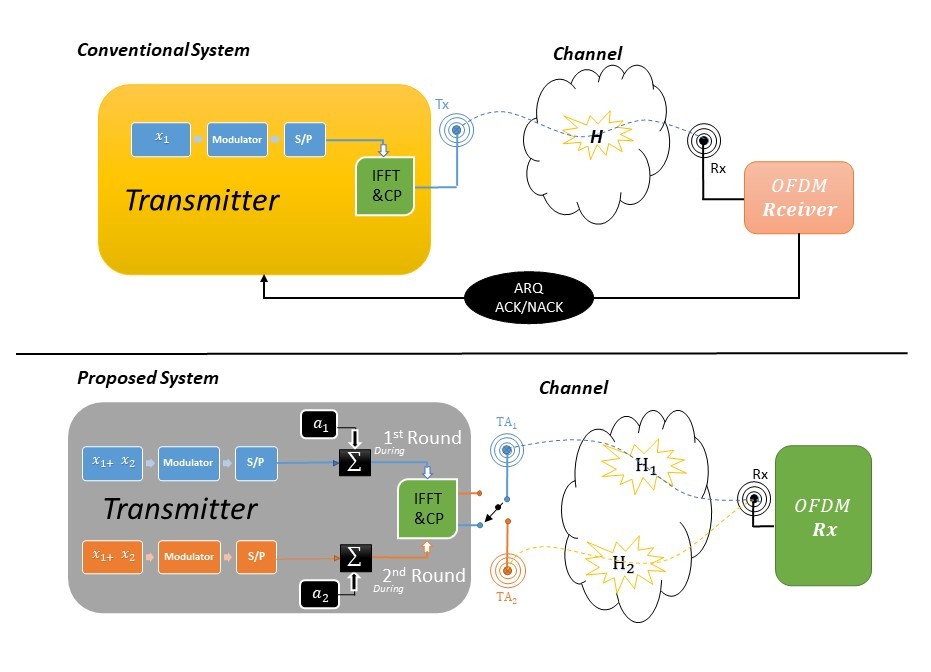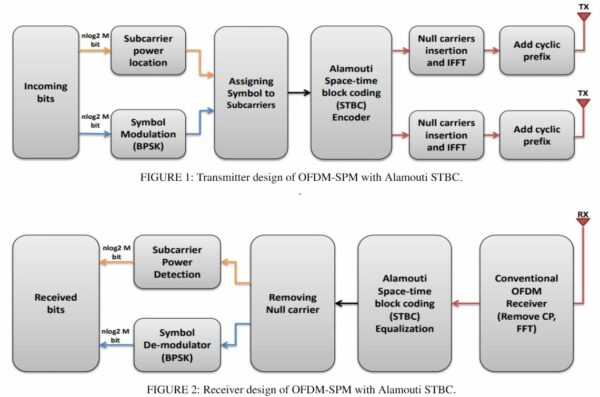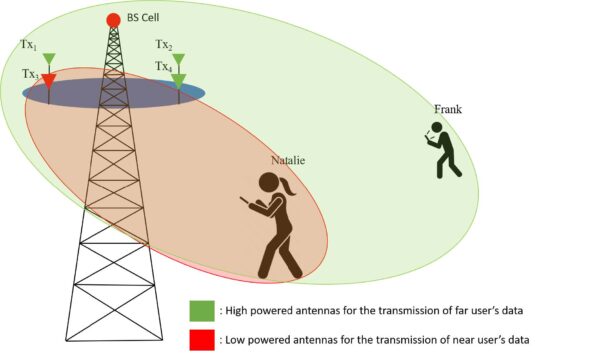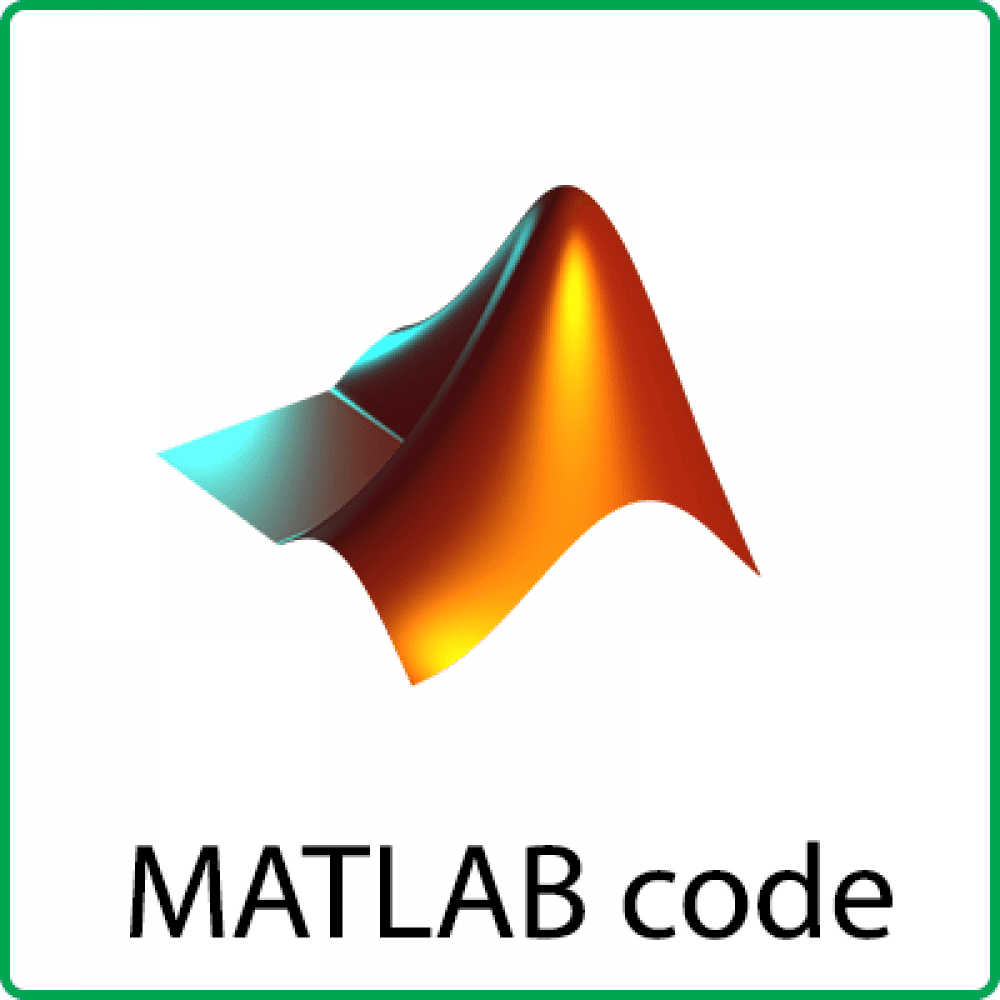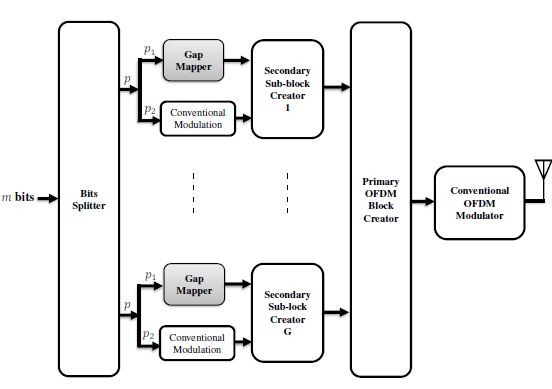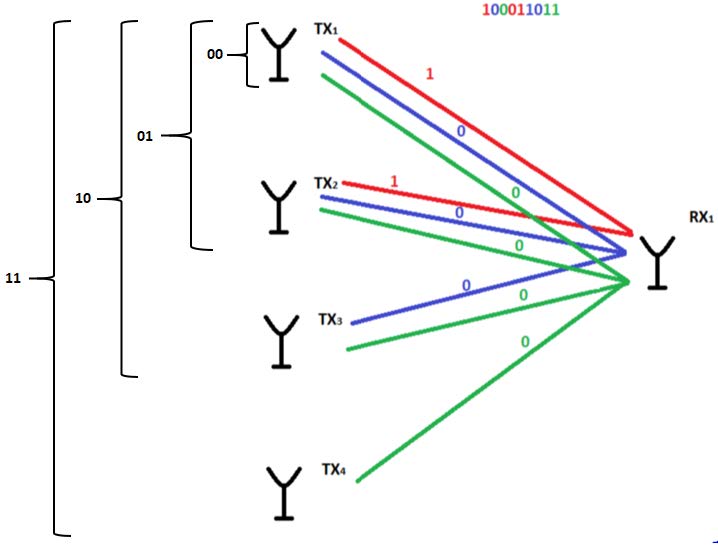Description
By using this matlab simulation code package the results illustrated in the paper
“A New Dual Transmission Technique Using Auxiliary Signal Superposition for Improving the Data Rate and Diversity in Next Generation SIMO-Aided Communication Systems” can be obtained.
Summary of Paper:
Next generation wireless communication systems desire higher data rates, upgraded
system reliability and better employment of power utilization than currently deployed systems. In
this work, we propose a novel yet less complex communication scheme that follows SIMO system
design with dual transmission that has one transmitter with two antennas and one receiver with two antennas with a single RF chain so that there is only one communication link, which focuses on improving the data rate, diversity and also takes advantage of physical layer technology to overcome the interference problems that exist in the conventional wireless communication schemes. This work is motivated by current challenges faced by conventional single input multiple output (SIMO) techniques, for instance, high demand for throughput, reliability of system, improper utilization of power resources and interference at the receiver side. The proposed model not only satisfies the high throughput demand it can also provide diversification and reliable communication. On the other hand, proposed scheme manipulates the wireless channel characteristics to eliminate inter symbol interference as well as completely degrade the channel effects at the receiver. More accurately, auxiliary signals are meticulously formulated and superimposed on top of user’s signals from the transmitters to provide effective cancellation of interference, while providing low complexity at the receiver side. The effectiveness and novelty of the proposed system are presented via extensive mathematical analysis and validated by numerical simulations. The results obtained reveal that the proposed scheme achieves better throughput, increased reliability, less complexity, suitable for low power consumption and limited processing applications.
